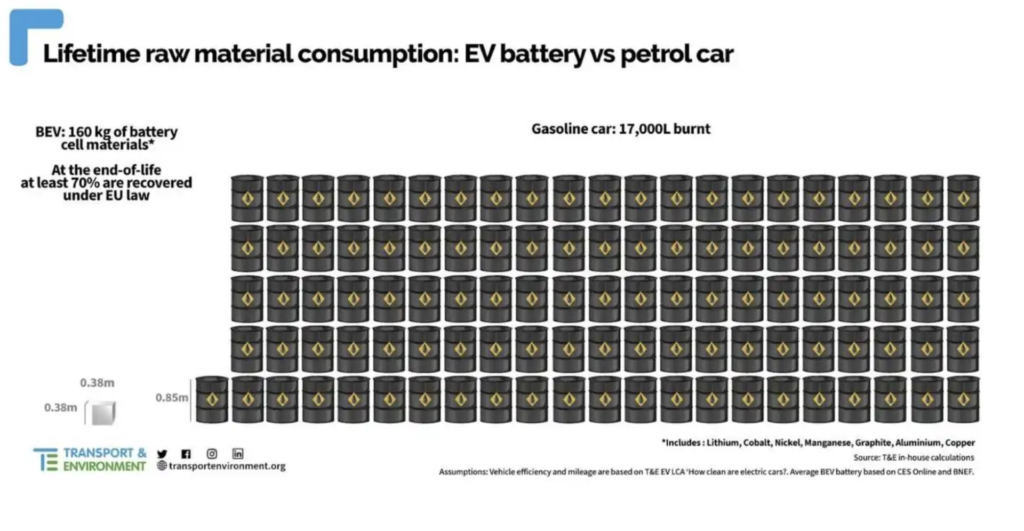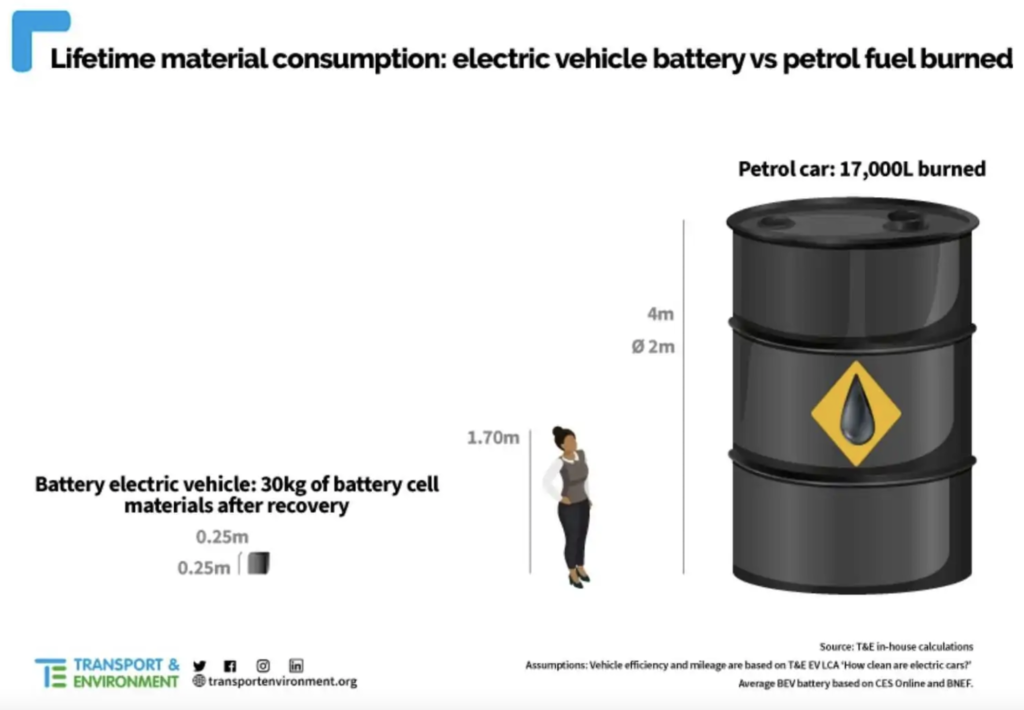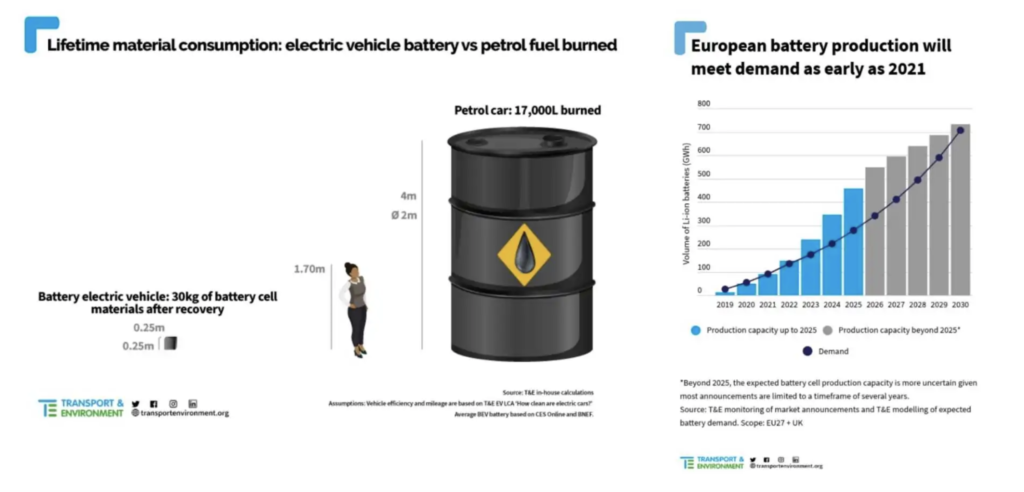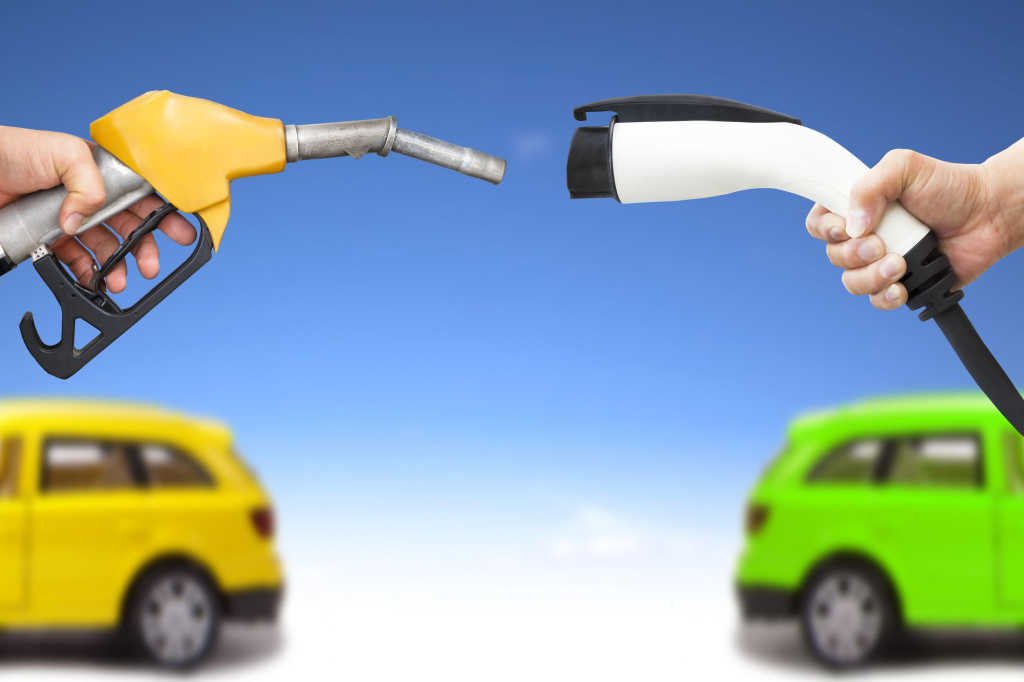It seems that every other day, people are trying to find reasons why we should slow down the movement towards switching to electric mobility. It has already been debunked that EV mining and carbon emissions for battery pack manufacturing is more detrimental to the environment than ICE vehicles. The newest argument people are using against electric vehicles is the allegation that they use more raw materials than ICE vehicles. Luckily, a new study from T&E (Transport & Environment) helped set the record straight.
According to the new study from T&E, ICE vehicles spend more than 11 tons of raw materials along their lifecycles. On the other hand, an EV will only consume around 30 kg of unrecoverable metals thanks to advancements in recycling processes. Processes that are still being modified to lower that number even more.
T&E believes that Europe will already be producing enough batteries to meet internal demand by the end of the year, making the continent less dependent on oil imports.



Another prediction made by T&E is that in ten years, batteries will need about half the lithium they currently require. If this plays out as T&E is predicting that the industry will be able to double the production of battery packs using the same amount of lithium.
When concerning cobalt, T&E believes EVs will need just 25% of what they currently use, thanks to the demand for nickel-rich batteries.
One of the key factors in ensuring electric vehicles are more sustainable over ICE vehicles is recycling. Gasoline and diesel are currently not recyclable, and there is no inkling that they will be in the near future.
Check out the entire study here.

